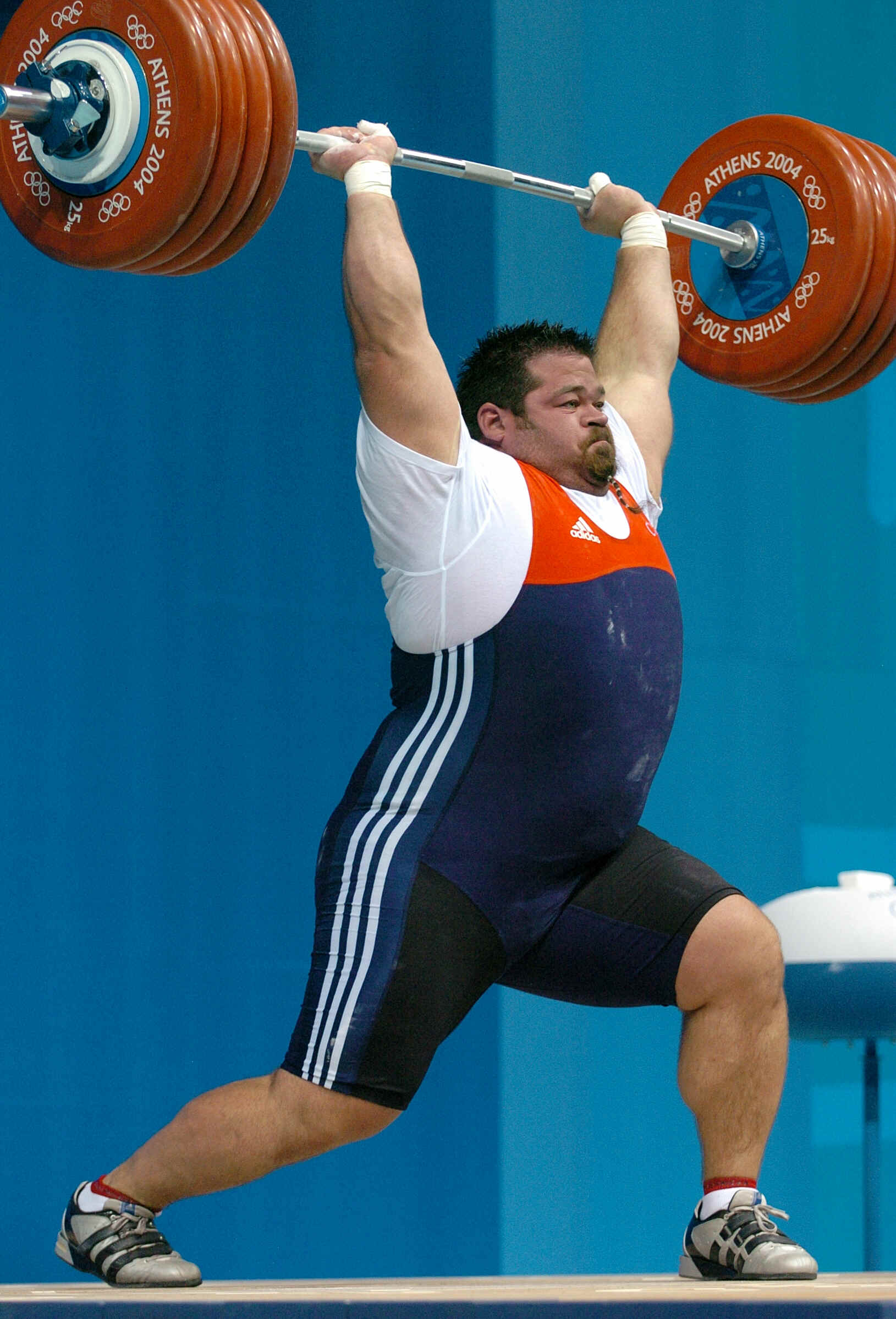Just typing that in makes me feel like I really need to exercise, but weight problems exist all over animation as well. I am not an expert on any of this so please take this material lightly, this is just me doing my own research and trying to figure it out myself.
As with all facets of animation, weight is also just an illusion of what we perceive to be "weighty" in real life. So let's start there with Newton's laws of motion:
1. Inertia : Every object in a state of uniform motion tends to remain in that state of motion unless an external force is applied to it.
It's really important to realize all the forces happening in the scene to recreate the illusion of weight. It only takes a basic understanding of physics and will go a long way in connecting your scenes with your audience. Imagine the classic ball bounce again, starting with the ball in mid-air at rest. Now imagine the forces. If there was no force the ball would stay still in mid-air. One of the main forces is gravity which creates a downward force on the ball. This starts the ball coming down. Once it hits the ground there is a normal force that pushes it back up (more on that later). Even when the ball has stopped, gravity and the normal force are still acting on it, cancelling each other out in order for the ball to stay at rest. Technically there is also wind resistance, but unless it's being dropped from a really high height it tends to be negligible for most standard ball bounce assignments.
2. F=ma
This is where things get interesting. Force is equal to mass times acceleration. One of the early assignments from Animation Mentor deals with dropping two differently weighted balls and animating it until it rests. It's a deceivingly simple concept but gets skipped over sometimes. So starting with a question: I drop a basketball from 6 feet in the air and it takes 12 frames for it to hit the ground, how many frames would it take for a bowling ball to hit the ground from the same height?
They drop at nearly the same rate! Emphasis on nearly because although they look very close, there is a smidgen of difference since the heavier ball cuts through air resistance a tiny bit more. If we dropped these balls from 1000 ft, a difference would be seen.
The way to really sell it's weight is the reaction of the ball when it hits the ground. Heavier balls don't bounce back as high as lighter balls because it has more inertia to overcome when changing direction.
3. For every action there is an equal and opposite reaction
So going back to a ball at rest, it stays at rest because all the forces are being cancelled out. When we simply stand, we fight gravity by pushing down against the ground with our legs. We don't go crashing through the ground because the normal force is pushing back against us, allowing us to stand.
From Wayne Gilbert:
With more physical actions it requires more dissection and study, but understanding these forces will inform all of your animation principles.
Posing
As said before, weight doesn't exist in a maya scene - you have to create the illusion of it's existence. With the knowledge of the forces at play you can then pose out your character in order to portray how heavy or light someone or something is.
Here's a classic example from http://www.animationphysics.com/ - if physics is something you feel like you need to brush up on, visit this site! Awesome stuff, free for your eyes to explore.
On a more complicated level, our bodies behave very organically (helps a lot to have a basic understanding of anatomy too) and weight can be accentuated with tilts, curves, flex, bends, squash / stretch, expressions, etc. All of these things help portray weight.
Notice how "on the brink" this guy is, all of his muscles are engaged, he's got a smooth curve on his front side but a harsh angle on his back side (straight vs. curves). His hip-line is tilted to show which leg he's favoring, his arms wrists are near it's max rotation, his hands are really squashing against the bar. The bar itself is bending from the weights. His head is squashing into his body, his face is red, even his face squashes. There is a lot going on in just this pose. Take that all away and it's very hard to see how heavy something is.
Timing and Spacing
A lot can be talked about this subject but I figure dissecting a shot might help us be concise yet informative. While I was going through AM I came across this shot by a very talented animator named Kevin Taylor. The weight in this shot really turned a switch for me (in showing how much I didn't know yet haha).
There is so much consideration in this shot that deserve it's own topics. But check out the balance and forces at play. Look how deep he swings his hips down to lower his center of gravity in order to get as much under the gun as possible. He leans REALLY far back and you can feel the tension in the chest. The first jerk to the right gets the gun moving horizontally, but it takes a huge amount of time and effort to raise it up as well. The inertia that he has to overcome is really powerful which takes more time to get it moving and thus the spacing starts out small. However when the gun is in motion, it wants to stay in motion and takes significant amount of effort / force to stop it. Kevin treats this brilliantly by having the gun almost pull Stewie along for the ride just for a split second, causing him to readjust with each swing.
Environment and Materials
Another important aspect that tends to get skimmed over is what the objects / characters are made of as well as what environment they are in. Is the object slippery? Is it made of rubber (and therefore prone to a lot of friction)? If you push down really hard on a chair, wouldn't it give way just a little bit? Yes, these are extra tidbits to the main action, but don't forget about them as they can add a lot to that illusion of weight. It's about making it relate-able to the audience, if the object or character doesn't interact believably with the environment, an audience member can snap out of your scene and realize it's just a piece of animation.
Likewise when a character acts on an object, be sure to remember Newton's third law! The object will also be acting on the character!
Totally exaggerated example, but just something to keep in mind. When pressing on a table (using your palm and finger tips to push with) the knuckles might buckle to give your fingertips more force. Also check out how the fingertips in this image are being shaped by the object. If you press the side of your arm against a wall the roundness of your arm might squash and conform to more of a line against it.






Thnx for the post..very valuable information.
ReplyDeletethanks so much for the amazing post! So precise and informative! :)
ReplyDelete